-
Troppo Plant & Garden Articles
- Te Puke Region
- TROPPO’s Food Forest in Te Puke, BOP (www,foodforest.org.nz)
- Troppo’s Plant Collection
- TROPPO's Nursery Directory
- Food Forests of New Zealand (www.foodforests.nz)
- Nursery Map - Plant Suppliers of NZ Directory (www.nurserymap.nz)
- Kids Garden Corner
- New Zealand Garden Bird Survey
- New Zealand Garden Groups
- Delicious Recipes
The Enchanting World of Frangipani (Plumeria)
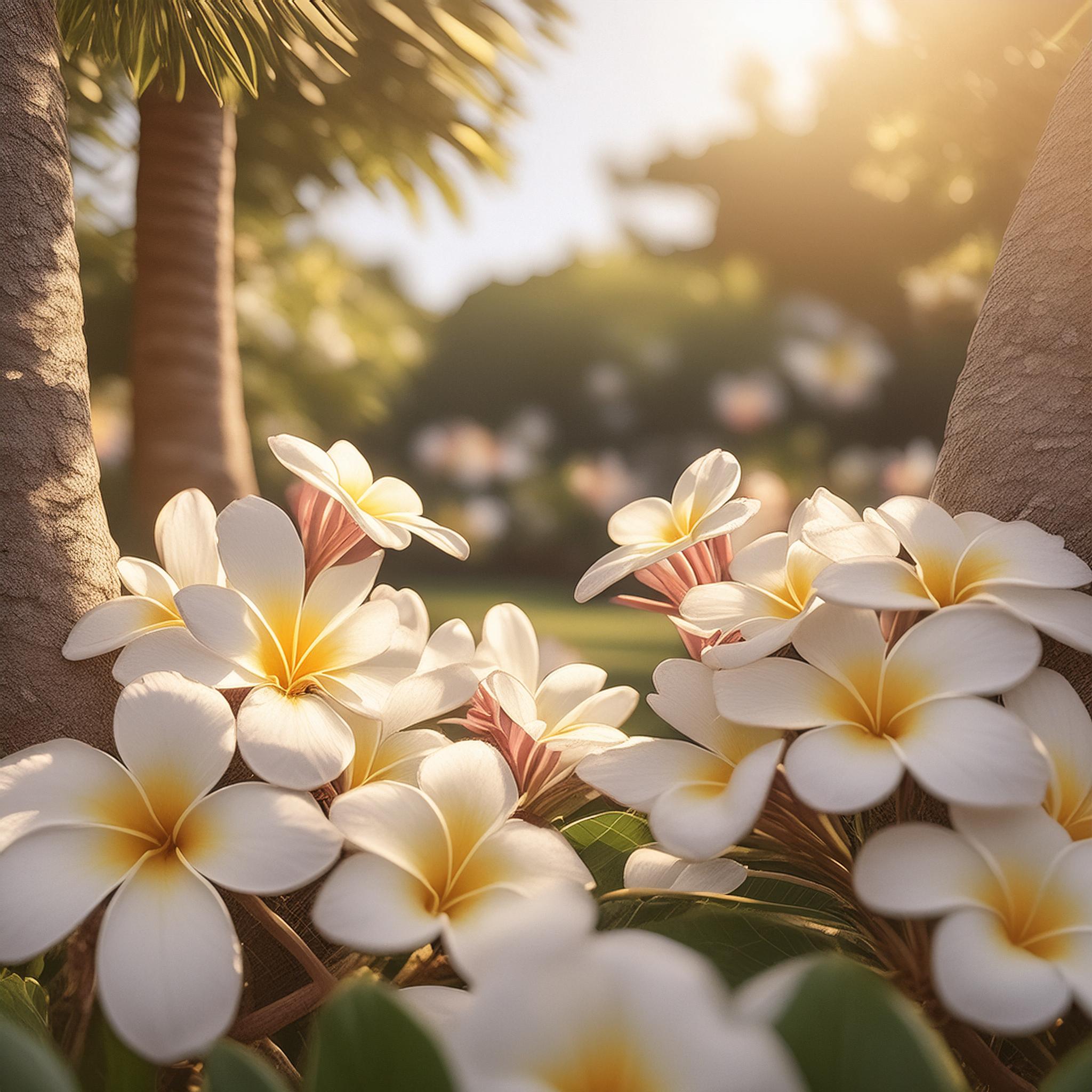
Frangipani, also known as Plumeria, is a tropical plant that captivates the senses with its exquisite beauty and delightful fragrance. With its vibrant flowers and lush green leaves, Frangipani has become a favorite among garden enthusiasts and horticulturists worldwide. This blog delves into the fascinating world of Frangipani, exploring its origins, varieties, cultivation tips, and cultural significance.
#### Origins and Varieties
Frangipani is native to the tropical regions of Central America, the Caribbean, and Mexico. Its botanical name, Plumeria, honors the French botanist Charles Plumier, who documented the plant during his explorations in the late 17th century. Over the years, Frangipani has spread across the globe, thriving in tropical and subtropical climates.
There are several species and countless cultivars of Frangipani, each boasting unique colors and fragrances. The most common species include:
1. **Plumeria rubra**: Known for its vibrant red, pink, and yellow flowers, this species is highly popular in gardens and landscapes.
2. **Plumeria alba**: This species produces stunning white flowers with a subtle yellow center, exuding a mild and pleasant fragrance.
3. **Plumeria obtusa**: With its rounded leaves and white flowers, this species is often referred to as the Singapore White or White Frangipani.
#### Cultivation Tips
Growing Frangipani can be a rewarding experience, provided the right conditions and care are met. Here are some essential tips for cultivating these beautiful plants:
1. **Climate**: Frangipani thrives in warm, sunny climates. They require a minimum temperature of 60°F (15°C) and can tolerate temperatures up to 100°F (38°C). In colder regions, they can be grown in pots and brought indoors during winter.
2. **Soil**: Well-draining soil is crucial for Frangipani. A mix of cactus soil and perlite works well, ensuring the roots do not become waterlogged.
3. **Watering**: Frangipani prefers moderate watering. Allow the soil to dry out between watering sessions to prevent root rot. During the dormant winter period, reduce watering significantly.
4. **Fertilization**: Use a balanced fertilizer during the growing season (spring to early fall) to promote healthy growth and vibrant blooms. A fertilizer high in phosphorus can enhance flowering.
5. **Pruning**: Regular pruning helps maintain the plant’s shape and encourages branching. Prune in late winter or early spring before new growth begins.

#### Cultural Significance
Frangipani holds a special place in various cultures and traditions. In many Pacific Islands, the flowers are used in leis and garlands, symbolizing hospitality and friendship. In Hindu and Buddhist cultures, the flowers are often used in religious ceremonies and offerings.
In Hawaii, Frangipani is synonymous with the spirit of Aloha. The fragrant blooms are worn as hair accessories or used in traditional hula dances. The flower is also associated with love and immortality in Hawaiian folklore.
#### Frangipani in Art and Medicine
The allure of Frangipani extends beyond gardens and cultural practices. Artists have been inspired by its beauty, incorporating the flowers into paintings, jewelry, and crafts. The plant’s essential oil, derived from its blossoms, is used in perfumes and aromatherapy, known for its calming and uplifting properties.
Traditional medicine systems in various cultures have also utilized Frangipani for its medicinal properties. In Ayurveda, the plant’s bark and leaves are used to treat ailments such as fever, inflammation, and skin disorders. However, it’s important to note that the plant’s sap can be toxic if ingested, so caution is advised.
#### Conclusion
Frangipani, with its captivating beauty and rich cultural significance, is more than just a plant. It embodies the essence of tropical elegance and has woven itself into the tapestry of human history and tradition. Whether adorning gardens, inspiring art, or enriching cultural ceremonies, Frangipani continues to enchant and inspire people around the world. So, if you’re looking to add a touch of tropical charm to your garden or home, consider welcoming the delightful Frangipani into your life.

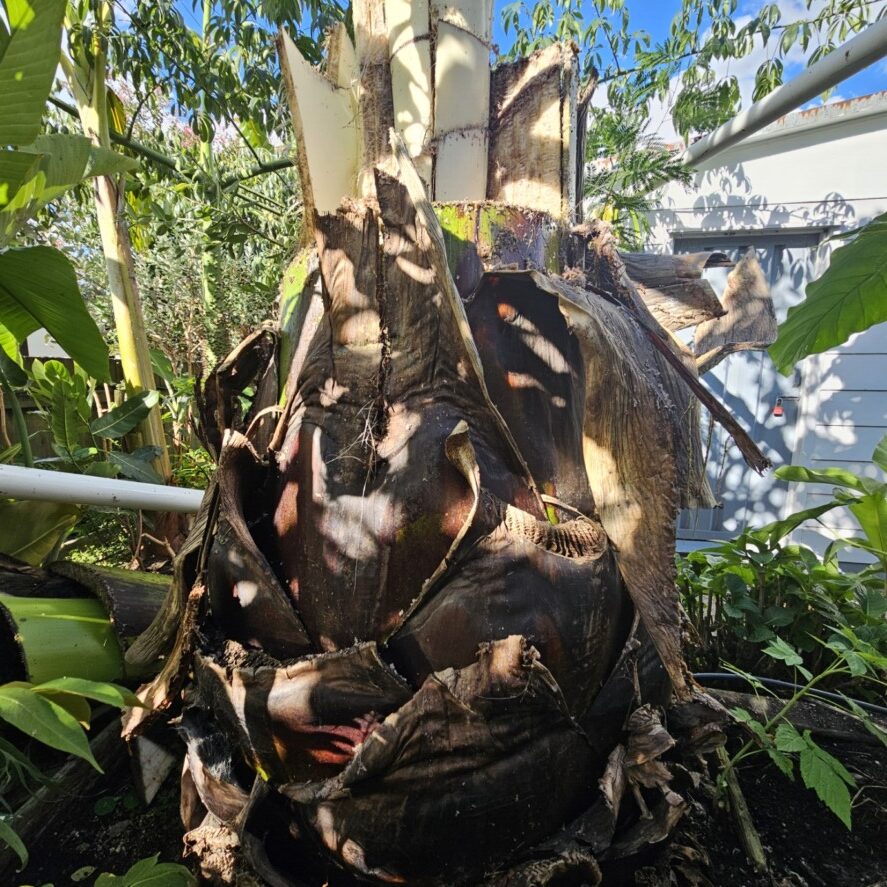

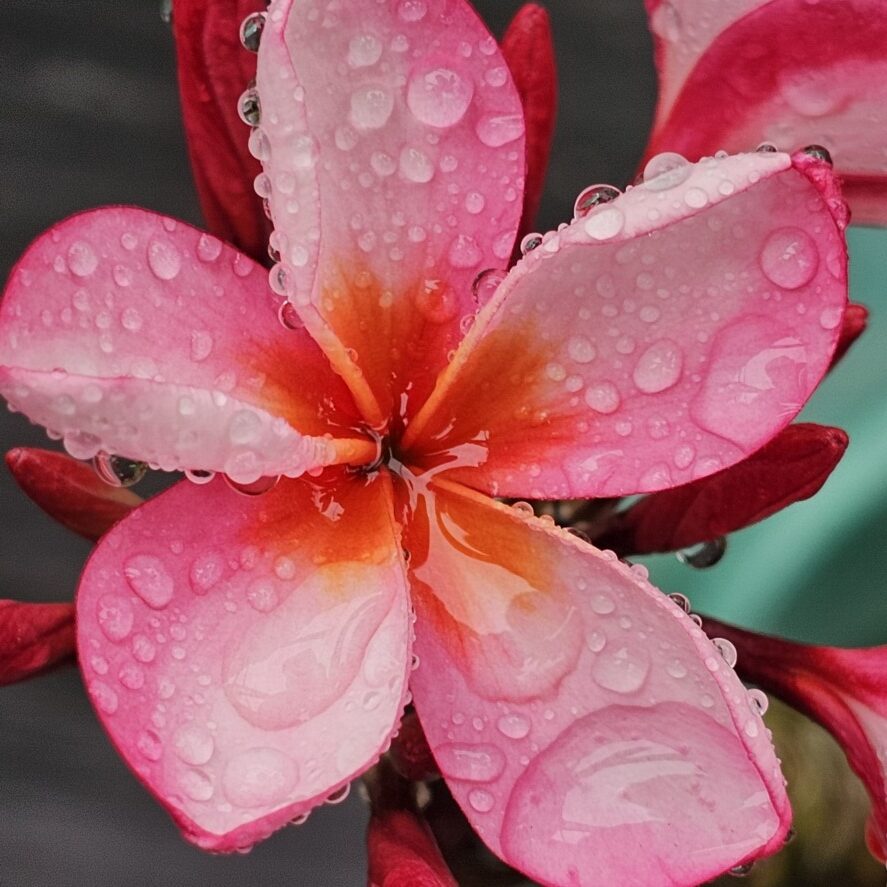
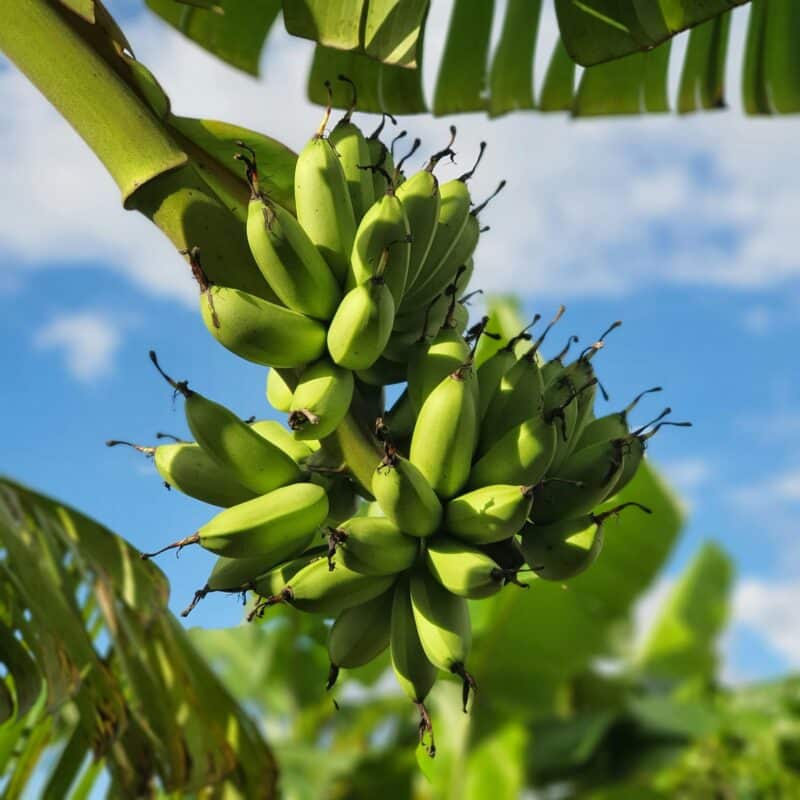
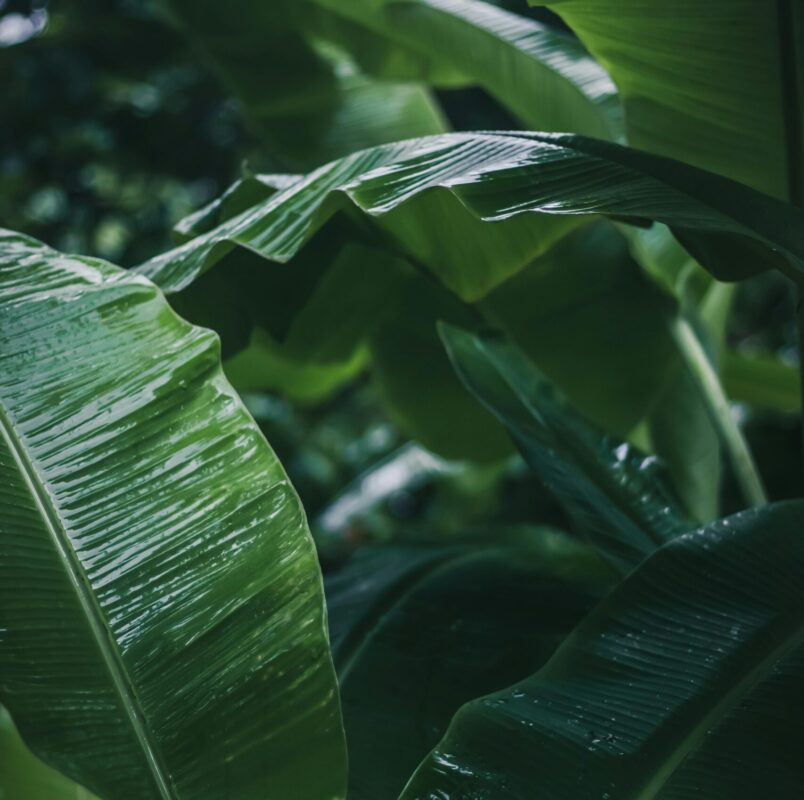

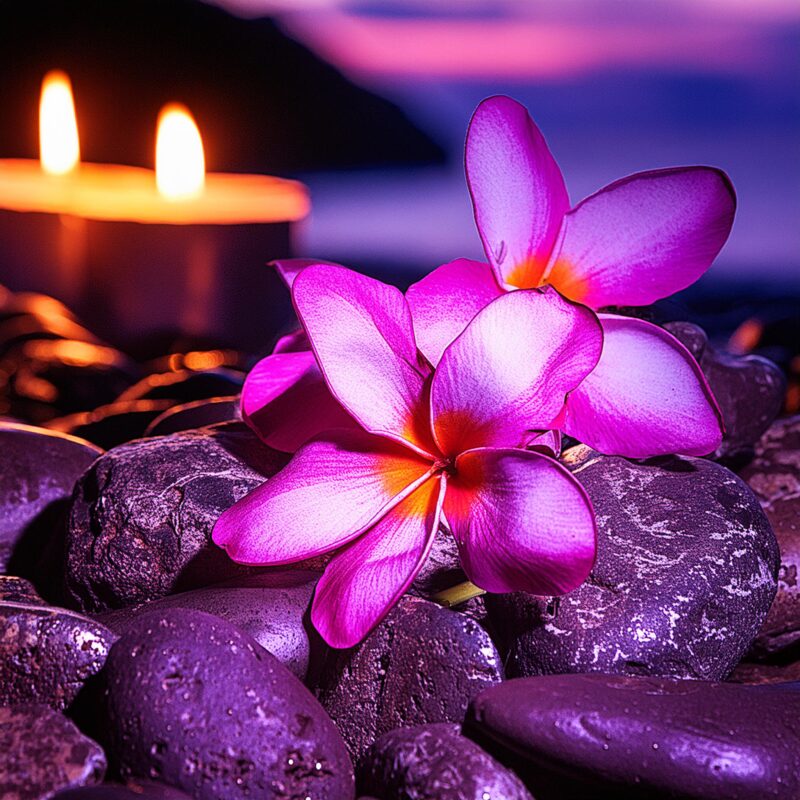
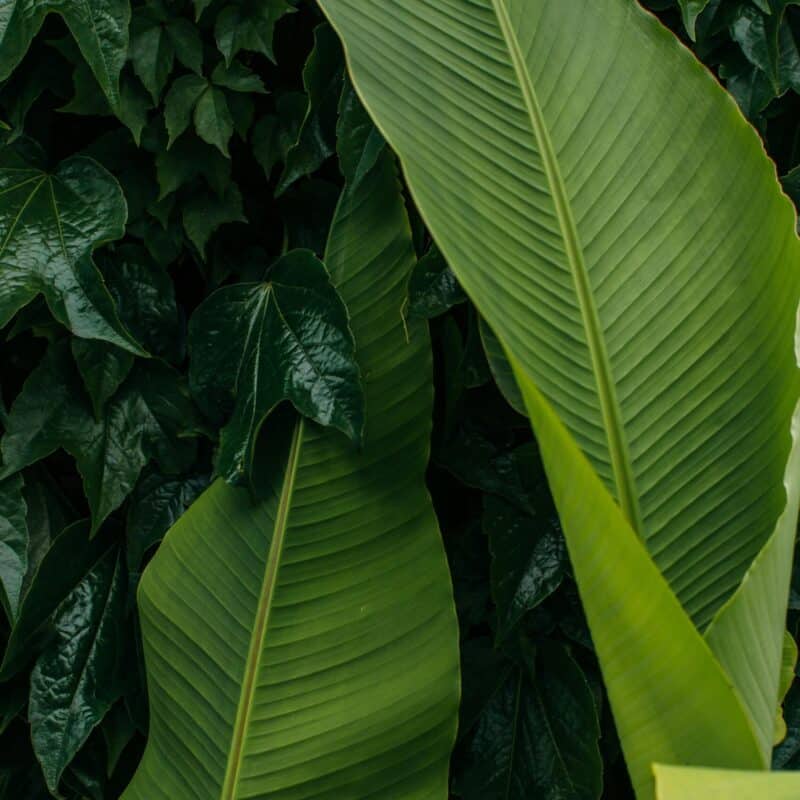


The cultivation tips are very helpful. I’ll try growing Frangipani in a pot since I live in a colder region.
Great article! The pruning tips are particularly useful. I’ll make sure to prune my Frangipani in early spring.
It’s fascinating how Frangipani has both cultural and medicinal significance. I’m curious about how it’s used in different traditions.
Interesting overview of Frangipani. I’ve always admired its beauty but didn’t know there were so many varieties.
I didn’t know Frangipani was used in different arts and perfumes. The plant seems to have a lot of uses beyond just being ornamental.